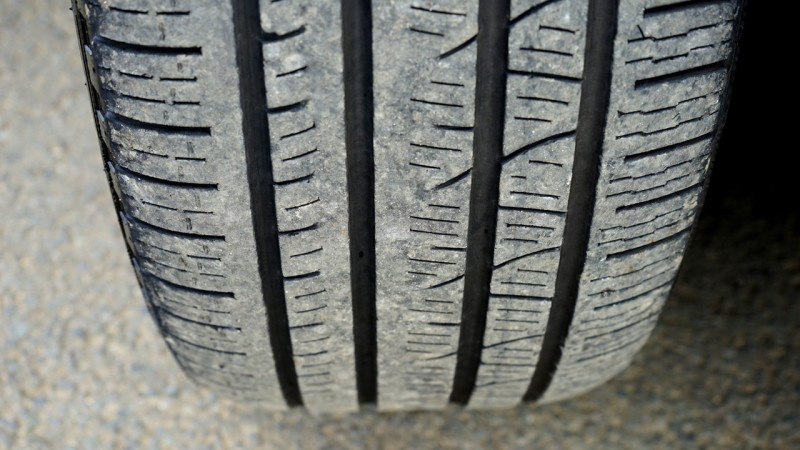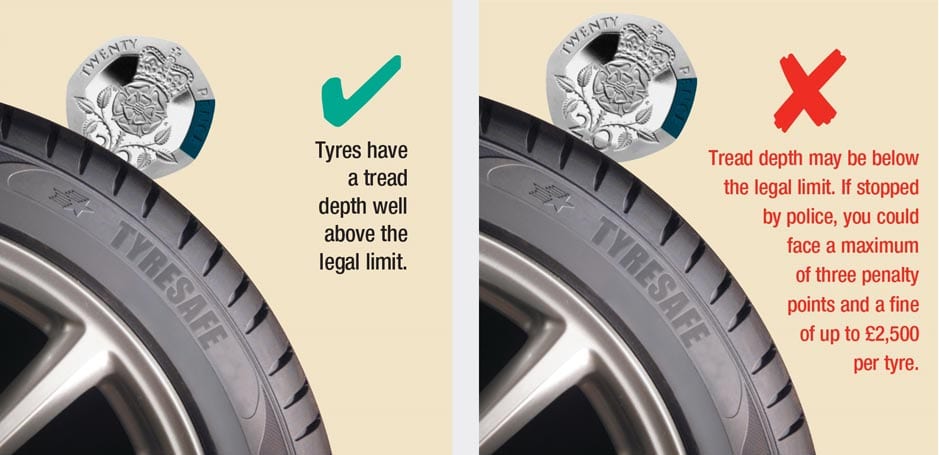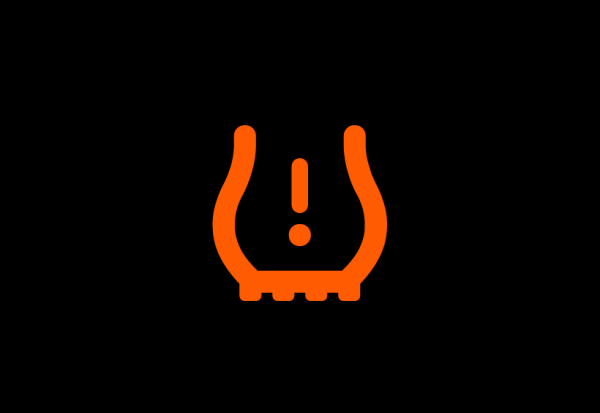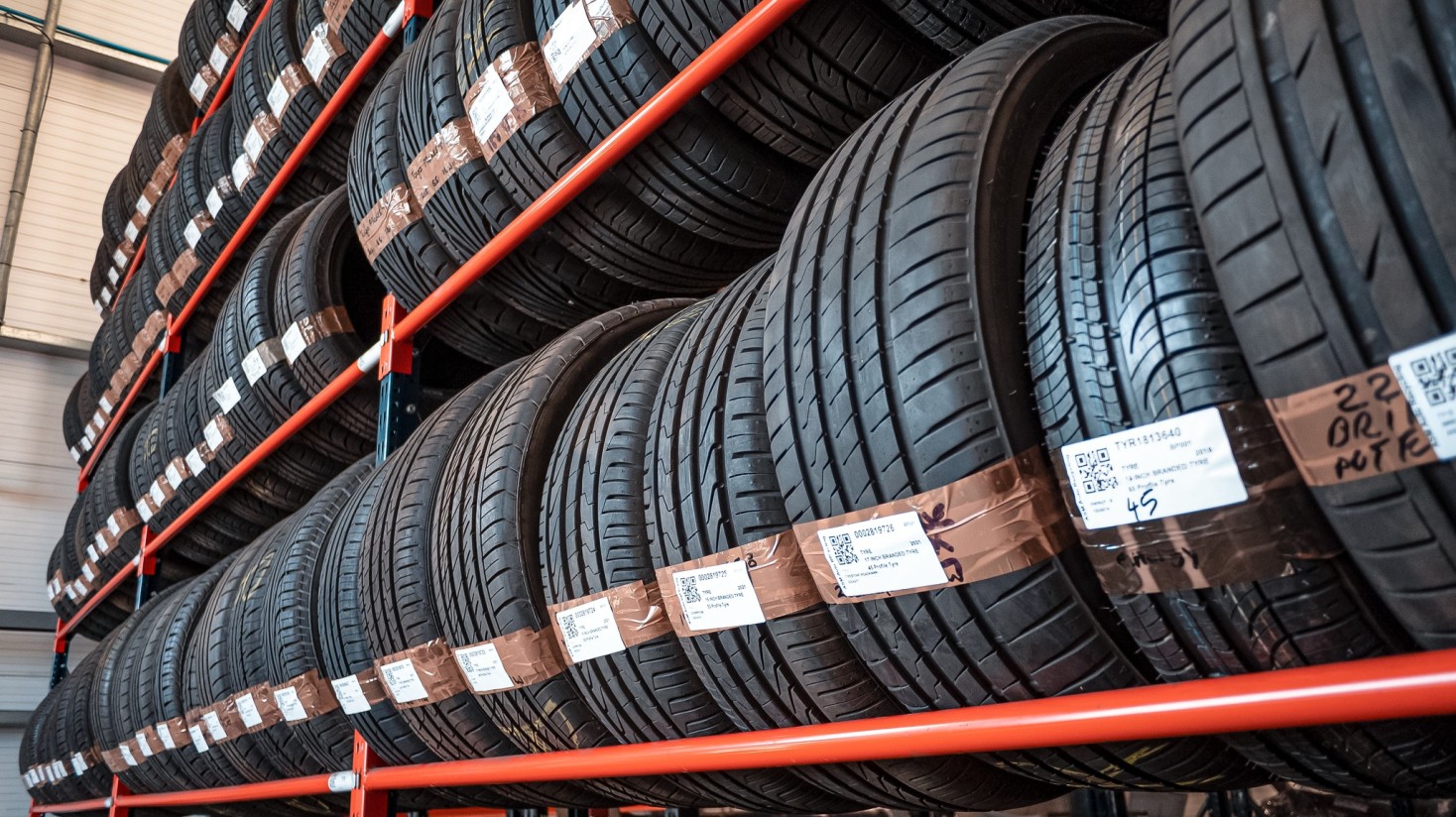Our Scrappage, Recycling and Car Blog
later post | index | earlier post
How tyre damage can hinder performance
Friday, 22 December 2023

Tyre problems for any road user are no laughing matter. Damage to your tyres not only reduces the performance and efficiency of your car, but it can pose a serious risk to your safety and that of other road users.
Tyres are some of the most common car parts that encounter wear and tear. This is because they are in constant contact with the road surface. Subsequently, tyres will often need periodic attention to prevent permanent tyre damage and having to fork out on unnecessary replacements.
Top Tyre Problems
Keen to know the common signs and symptoms of tyre damage? Below is a list of illegal tyre examples and common tyre problems that you may experience, which can hinder the performance and safety of your vehicle:
Illegal tread depths
If your telematics reveal that your car is struggling to achieve the miles per gallon (MPG) that it should, or if you are having to work hard to control your steering, it’s possible the tread depth of your tyres has diminished. Excessive tyre wear and tear will reduce the tread depth of your tyres. The legal minimum tread depth per tyre is 1.6mm.

The ‘20p test’ is the quickest and easiest way to determine if your tyre is above the legal limit. Push a 20p coin into the lowest tread depth of your tyre. If the outer edge of the coin remains visible it needs replacing immediately. You’ll risk a £2,500 fine and three points on your licence if the police catch you driving with tyres that are below the legal limit.
Over and underinflated tyres
Incorrectly inflated tyres can lead to significant tyre damage, restricting their ability to perform safely on all types of roads. Driving with incorrectly inflated tyres can reduce the lifespan of a tyre by as much as 25%. Poor tyre pressure will make it harder to drive during winter and increase the risk of accidents.
Underinflated tyres heighten wear and tear on the shoulder of a tyre, while overinflated tyres lead to premature degradation on the middle of a tyre. Both under and overinflated tyres can inhibit the handling of your vehicle. Check your tyre pressure regularly.

Unevenly worn tyres
There are times when well inflated tyres still display signs of wear and tear on the outer edges, rather than the middle and inner edges. If that’s the case, the chances are your tyres have wheel alignment issues. It could also be linked to suspension issues, and we’ll touch on misalignments elsewhere in this article.
Tyre bulges and cracks
Bulges and cracks on the sidewalls of your tyres are something you should keep a keen eye on for all your tyres. The growing number of potholes on Britain’s roads means that it’s highly likely that at least one of your tyres could be affected. If you hit a pothole, or even a curb at reasonable speed, it’s possible to pick up impact bulges on the affected tyre.
If you live close to roads with a lot of speed bumps, drive carefully over these. Speed bumps are another sure-fire way of picking up cracks and bulges in your tyres.
Slow punctures
If you begin to notice a difference in the way your vehicle handles over time, it’s possible one or more of your tyres may have a slow puncture. Tell tale signs of a slow puncture include when your car pulls to one particular side while driving. You should also check your tyres for any foreign bodies. Nails or screws stuck into tyres will cause slow punctures.
Start to check your tyre pressure daily to see whether one goes down quicker than the rest. Fortunately, some tyres with slow punctures can be repaired, providing the damage hasn’t occurred in the tyre’s sidewall. It may also be due to a faulty tyre valve, which is leaking out air intermittently. In this scenario, a tyre fitter will be able to remove the tyre from its wheel rim and replace the faulty value.
Misaligned tyres
A misaligned tyre will be visibly more worn on one side than the other. For instance, a tyre that is misaligned facing outwards will wear more on the inner shoulders than the outer shoulders and vice versa.
Your nearest garage or tyre fitter should be able to realign your tyres within a matter of minutes for you, balancing them correctly to reduce the risk of premature degradation and reduced traction. This is essential preparation for driving in the colder months of the year.
Camber wear
Cambered wheels on vehicles is one of the common tyre faults. This is where the inside or outside edge of your tyres are considerably more worn than the rest of the tyre. Common causes of camber wear on tyres include misaligned suspension, damaged struts, damaged or broken springs or damaged or broken control arm bushings.

What should you do about tyre problems?
If you have diagnosed one of the car tyre issues listed above with any of your tyres, it’s important that you get it repaired or replaced immediately. If your tyre is beyond repair, a cost-effective way to replace it is to purchase part-worn tyres. These are tyres that have been stripped from written-off, scrapped vehicles that still have excellent tread depths and many miles left in them.
At ASM Auto Recycling, we house hundreds of second-hand, part-worn tyres in our used car parts department, which now stocks well over 100,000 guaranteed recycled parts from end-of-life vehicles. Tyre purchases include fitting and balancing too!
later post | index | earlier post
Categories
- Car Maintenance 26
- Driving Abroad 2
- Economy 1
- Environment 3
- Insurance 2
- Light-Hearted 1
- Manufacturers 1
- Motoring Guides 6
- Motorways 1
- New Car Sales 1
- Safety 3
- Salvage 13
- Social & Community 5
- Used Cars 18
- Winter Driving 2
Recent posts
- Car CO2 Emissions
- How To Replace A Car Air Filter
- MOT: the complete guide
- Used Tyres Guide
- What is GAP insurance?
- Guide to finding a replacement car engine
- Does the scrap value of steel affect your car’s scrap value?
- What are the most valuable salvage car parts?
- The Ultimate Guide to Replacing Wing Mirrors
- ASM Has Procured Over 350 Jaguar and Land Rover Flood-Damaged Cars!
- How To Find Replacement Parts for My Car
- Dos and don’ts of getting rid of your old car
- How to Replace your Serpentine Belt
- How to tax your car (the complete guide)
- Basic Car Maintenance: How to change your spark plugs